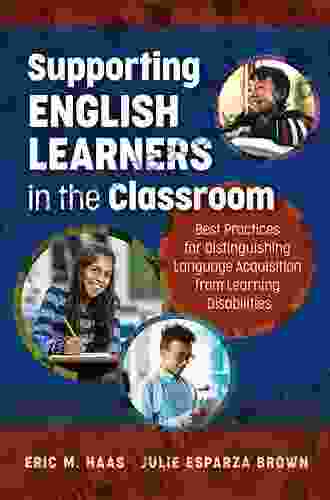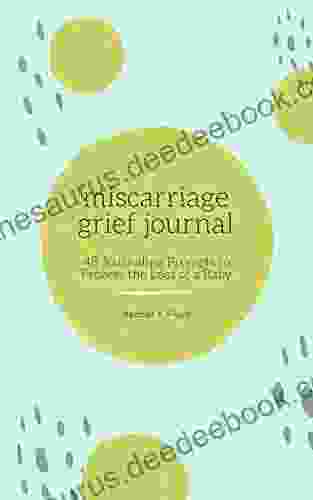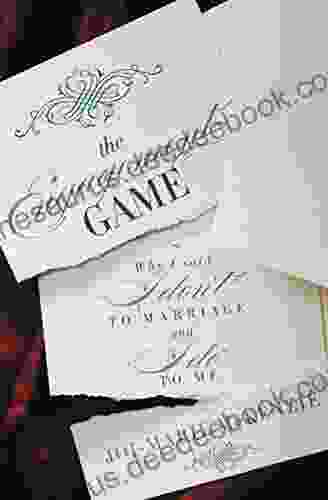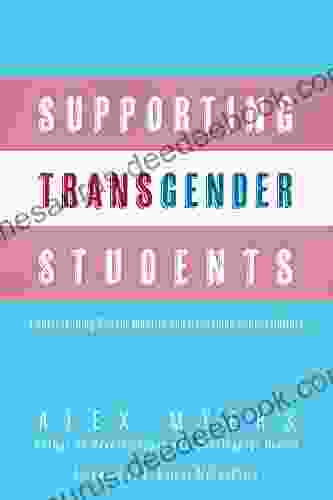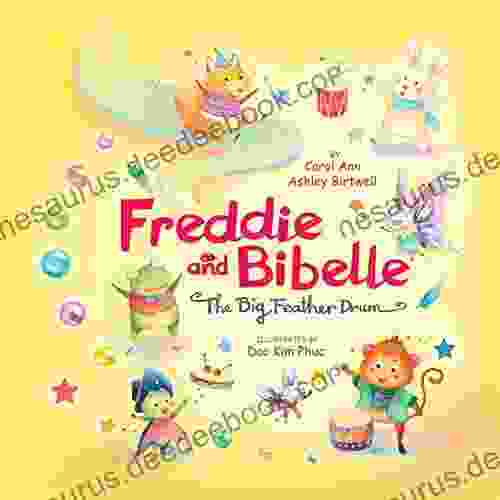Best Practices for Distinguishing Language Acquisition From Learning: A Comprehensive Guide

Language acquisition and language learning are two distinct processes that are often conflated. While both involve the development of language skills, they differ in several key ways.
Language Acquisition
Language acquisition is the natural process of learning a language through immersion and interaction. It is similar to the way children learn their first language, and it typically occurs in informal settings such as the home or community.
4.8 out of 5
| Language | : | English |
| File size | : | 24358 KB |
| Text-to-Speech | : | Enabled |
| Screen Reader | : | Supported |
| Enhanced typesetting | : | Enabled |
| Word Wise | : | Enabled |
| Print length | : | 240 pages |
There are four main stages of language acquisition:
- Pre-production: The learner has no functional ability in the language.
- Early production: The learner begins to produce single words and short phrases.
- Intermediate production: The learner can produce longer and more complex sentences.
- Advanced production: The learner can communicate fluently and accurately.
Language acquisition is a complex process that takes time and effort. It requires exposure to a language in a meaningful way, and it is often facilitated by interaction with native speakers.
Language Learning
Language learning is the formal process of learning a language through instruction. It typically occurs in a classroom setting, and it involves the study of grammar, vocabulary, and pronunciation.
There are many different methods of language learning, but some of the most common include:
- Grammar-translation method: This method emphasizes the study of grammar rules and the translation of texts from one language to another.
- Audio-lingual method: This method emphasizes the repetition of dialogues and the memorization of vocabulary.
- Communicative approach: This method emphasizes the development of communication skills through activities such as role-playing and group work.
Language learning can be a more efficient way to develop language skills than language acquisition, but it is important to note that it is not a substitute for immersion and interaction.
Differences Between Language Acquisition and Language Learning
There are several key differences between language acquisition and language learning:
- Goal: The goal of language acquisition is to develop natural and fluent language skills. The goal of language learning is to develop academic language skills.
- Process: Language acquisition is a natural process that occurs through immersion and interaction. Language learning is a formal process that occurs through instruction.
- Setting: Language acquisition typically occurs in informal settings such as the home or community. Language learning typically occurs in a classroom setting.
- Time: Language acquisition can take years or even decades to complete. Language learning can be completed in a shorter period of time.
Best Practices for Distinguishing Language Acquisition From Learning
There are several things that educators can do to help distinguish language acquisition from language learning:
- Use different terms: Use different terms to refer to language acquisition and language learning, such as "natural language development" and "foreign language instruction."
- Identify the learners' goals: Determine whether the learners are interested in developing natural and fluent language skills or academic language skills.
- Provide opportunities for immersion and interaction: Create opportunities for learners to immerse themselves in the language and interact with native speakers.
- Use a variety of teaching methods: Use a variety of teaching methods to cater to the different learning styles of learners.
- Assess learners' progress: Use different assessment methods to assess learners' progress in language acquisition and language learning.
By following these best practices, educators can help learners distinguish between language acquisition and language learning and achieve their language-learning goals.
Language acquisition and language learning are two distinct but complementary processes. By understanding the differences between these two processes, educators can better support learners in their language-learning journey.
4.8 out of 5
| Language | : | English |
| File size | : | 24358 KB |
| Text-to-Speech | : | Enabled |
| Screen Reader | : | Supported |
| Enhanced typesetting | : | Enabled |
| Word Wise | : | Enabled |
| Print length | : | 240 pages |
Do you want to contribute by writing guest posts on this blog?
Please contact us and send us a resume of previous articles that you have written.
 Book
Book Novel
Novel Page
Page Chapter
Chapter Text
Text Genre
Genre Reader
Reader Paperback
Paperback Newspaper
Newspaper Sentence
Sentence Shelf
Shelf Bibliography
Bibliography Foreword
Foreword Synopsis
Synopsis Annotation
Annotation Manuscript
Manuscript Scroll
Scroll Codex
Codex Bestseller
Bestseller Classics
Classics Narrative
Narrative Memoir
Memoir Encyclopedia
Encyclopedia Character
Character Resolution
Resolution Librarian
Librarian Catalog
Catalog Card Catalog
Card Catalog Stacks
Stacks Study
Study Research
Research Scholarly
Scholarly Lending
Lending Academic
Academic Reading Room
Reading Room Interlibrary
Interlibrary Dissertation
Dissertation Storytelling
Storytelling Reading List
Reading List Book Club
Book Club Caisey Quinn
Caisey Quinn Phil Jourdan
Phil Jourdan Stewart A Baker
Stewart A Baker Alex Dancyg
Alex Dancyg Todd L Bothel
Todd L Bothel Ben H Bagdikian
Ben H Bagdikian Denis Mack Smith
Denis Mack Smith Sara Orwig
Sara Orwig Stuart Elden
Stuart Elden Avay Shukla
Avay Shukla Urrea Jones
Urrea Jones Janet Edwards
Janet Edwards Patty Loew
Patty Loew Edgar Powers
Edgar Powers Ken Matthews
Ken Matthews Matt Mikalatos
Matt Mikalatos Donna M Orange
Donna M Orange H M Sealey
H M Sealey Ariel Landy
Ariel Landy Amy Rafferty
Amy Rafferty
Light bulbAdvertise smarter! Our strategic ad space ensures maximum exposure. Reserve your spot today!

 Harry CookTravels on the Road of Death and Other Adventures of a Yankee in Bolivia: An...
Harry CookTravels on the Road of Death and Other Adventures of a Yankee in Bolivia: An... Hunter MitchellFollow ·11.3k
Hunter MitchellFollow ·11.3k Henry JamesFollow ·15.5k
Henry JamesFollow ·15.5k W.B. YeatsFollow ·16.4k
W.B. YeatsFollow ·16.4k Jonathan HayesFollow ·10.4k
Jonathan HayesFollow ·10.4k Johnny TurnerFollow ·14.8k
Johnny TurnerFollow ·14.8k Jaime MitchellFollow ·8.4k
Jaime MitchellFollow ·8.4k Ed CooperFollow ·8.7k
Ed CooperFollow ·8.7k Brady MitchellFollow ·4.3k
Brady MitchellFollow ·4.3k
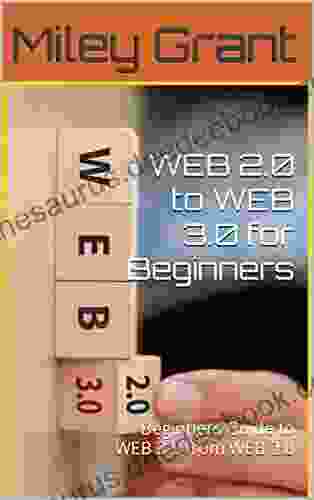
 Gary Reed
Gary ReedWeb to Web for Beginners: A Comprehensive Guide to...
In today's interconnected world, websites...

 Elliott Carter
Elliott CarterThe Moon Is Down: John Steinbeck's Poignant Portrait of...
In the annals of literature, John...

 Dalton Foster
Dalton FosterMark The Mechanic: The Incredible Story Of A Young...
In the vibrant realm of robotics, where...

 Fred Foster
Fred FosteriPhone 13 Pro Max User Guide: Everything You Need to Know
The iPhone 13 Pro Max...

 Rodney Parker
Rodney ParkerPope John Paul II: The Pocket Giant Who Inspired Millions
Pope John Paul II, or...
4.8 out of 5
| Language | : | English |
| File size | : | 24358 KB |
| Text-to-Speech | : | Enabled |
| Screen Reader | : | Supported |
| Enhanced typesetting | : | Enabled |
| Word Wise | : | Enabled |
| Print length | : | 240 pages |


